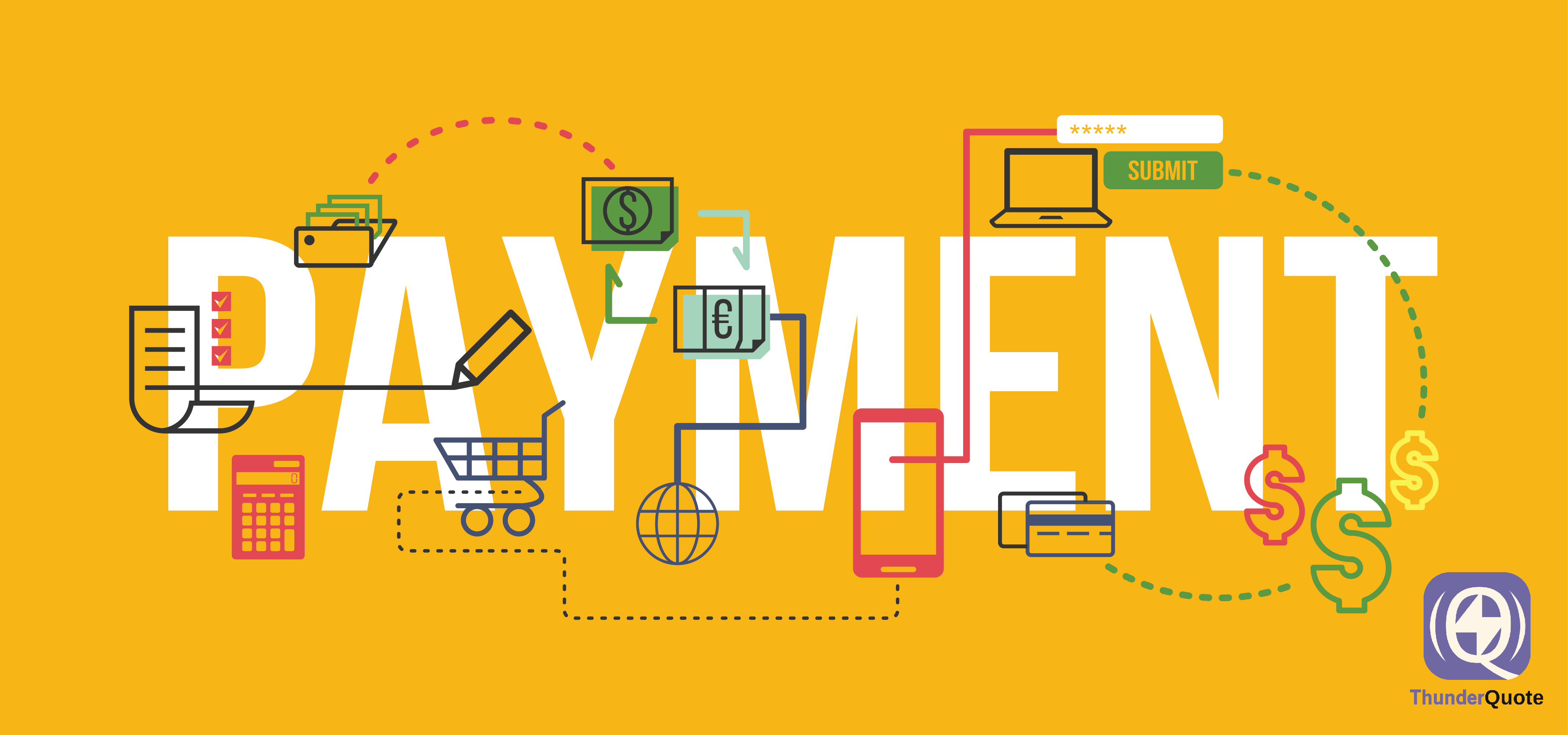
The payment processing industry is undergoing change at an unprecedented scale today as a result of rising consumer demand for convenient, secure, instantaneous and value-added services spread across multiple channels. The growing number of start-ups and new retailers has also catalysed the shift towards digital payment, bolstered by the development of new technology such as tokenisation, mobile wallets, integrated point-of-sale (POS) systems, person-to-person (P2P) payments and cross-border transfers.
According to McKinsey & Company, global payments revenue is anticipated to grow by 6% annually for the next five years, strengthened by changing customer expectations and growing competition between current and new market players. As more people continue to embrace digital payment, and new technologies emerge, several trends will take centre stage to revolutionise the payment processing ecosystem and reshape the global landscape of digital financial services.
Inefficient cross-border payments will soon be a thing of the past
Cross-border payment processing has always been fraught with problems from the outset. Apart from being prohibitively priced, cross-border payment processing also lacks transparency and efficiency. A big part of the problem stems from the lack of initiative by banks to remove siloed legacy systems and reduce focus on regulatory compliance. Even if major financial institutions are strategically reviewing their payment processing systems, having complex internal systems means that they are unable to respond quickly enough to market demands.
Knowing this, non-bank players have stepped up to meet customer expectations for real-time, digitally-enabled cross-border payment processing, further presenting increased competition for banks and forcing them to review their outdated practices. As cross-border payment processing undergoes rapid digitisation, more consumers will be looking to embrace new technologies and value-added services that will simplify the payment process and provide even more convenience.
Immediate payments are here to stay
According to technology consultant Capgemini, 35 countries have either implemented or scheduled hard launch dates for immediate payment systems. The FAST (Fast and Secure Transfers) payment system developed in Singapore is a good example of an instantaneous payment initiative that allows immediate fund transfers between accounts of participating banks in Singapore. Before the introduction of FAST, interbank fund transfers could take up to three working days to clear.
With FAST, interbank funds transfers of up to S$50,000 per transaction can be made almost instantaneously, effectively meeting the demand for a faster and more efficient interbank funds transfer service. Such services are primed to drive the progress of the non-cash payment industry, as well as the growth of mobile-based digital payments across the retail and corporate sector. As can be seen, digital disruption is the gamechanger that’s making its presence felt across all industries, and the payment processing sphere is no exception.
Blockchain technology will feature heavily in the financial services sector
The blockchain, being the public ledger of all Bitcoin transactions, is a technology that is evolving from being merely a record of banking transactions into a vehicle for smart contracts and pegged services in the financial services sphere. The key features of blockchain technology such as transparency and a decentralised structure offer increased security and a decreased probability of transaction failure, making it the best platform for value exchange. As more financial institutions employ blockchain technology to enhance digital payment platforms and cross-border payment processing, we will see more effort by regulators to strengthen financial integrity and improve consumer protection laws, as well as the development of common standards to facilitate interoperability among payment systems globally.

Customers continue to use mobile wallets
The popularity of mobile wallets has been growing rapidly since it was first introduced as it provided the convenience of cashless transactions, compared to the traditional method of paying with hard currency. The value proposition of a mobile wallet is not about the payment, but the value-added services that can be offered across a mobile-enabled environment. Retailers have been quick to embrace mobile payment technology as it gives them valuable insight into customer purchasing behaviours – information that is then used to develop a better shopping experience.
Also, the efficiency of mobile payments translates to increased foot traffic in retail stores, leading to higher revenues. Tech giants such as Apple, Google and Samsung have all launched their own mobile wallets in the past couple of years and progressively, more and more retailers are also jumping onto the digital payment bandwagon. According to BI Intelligence – Business Insider’s premium research service – in-store mobile payment volume is expected to grow from US$75 billion in 2015 to US$503 billion in 2020, further cementing the mobile wallet as a constant in the next era of payment processing.
mPOS adoption to grow
According to BI Intelligence, the number of mobile point-of-sale (mPOS) devices in circulation in the US will touch 27.7 million by 2021, up from just 3.2 million in 2014. The reason behind the popularity of mPOS devices lies in the convenience it affords to retailers everywhere when accepting card payments. Thus, it would not be a surprise if retailers become the strongest advocates of the mPOS ecosystem going forward. The pervasive use of credit and debit cards by consumers has also greatly increased the necessity of mPOS terminals.
The use of mPOS devices for payment processing helps retailers everywhere increase their sales numbers by bringing the ‘cash register’ to the consumer and giving them the freedom to make purchases regardless of their location, injecting efficiency into the purchasing process. Although traditional POS solutions are still needed as a result of fixed-lane checkout applications, mPOS devices will continue to lead the way as a convenient, cost-effective solution to payment processing.
As the payment processing industry has become so dynamic in the recent years, we hope that this article has helped you to understand the basics of payment processing. For more assistance, click here ThunderQuote.
ThunderQuote is the most comprehensive business services portal in Singapore, Australia and ASEAN , where hundreds of thousands of dollars of procurement contracts are sourced every month by major companies like Singapore Press Holdings, National Trade Union Congress and more.
